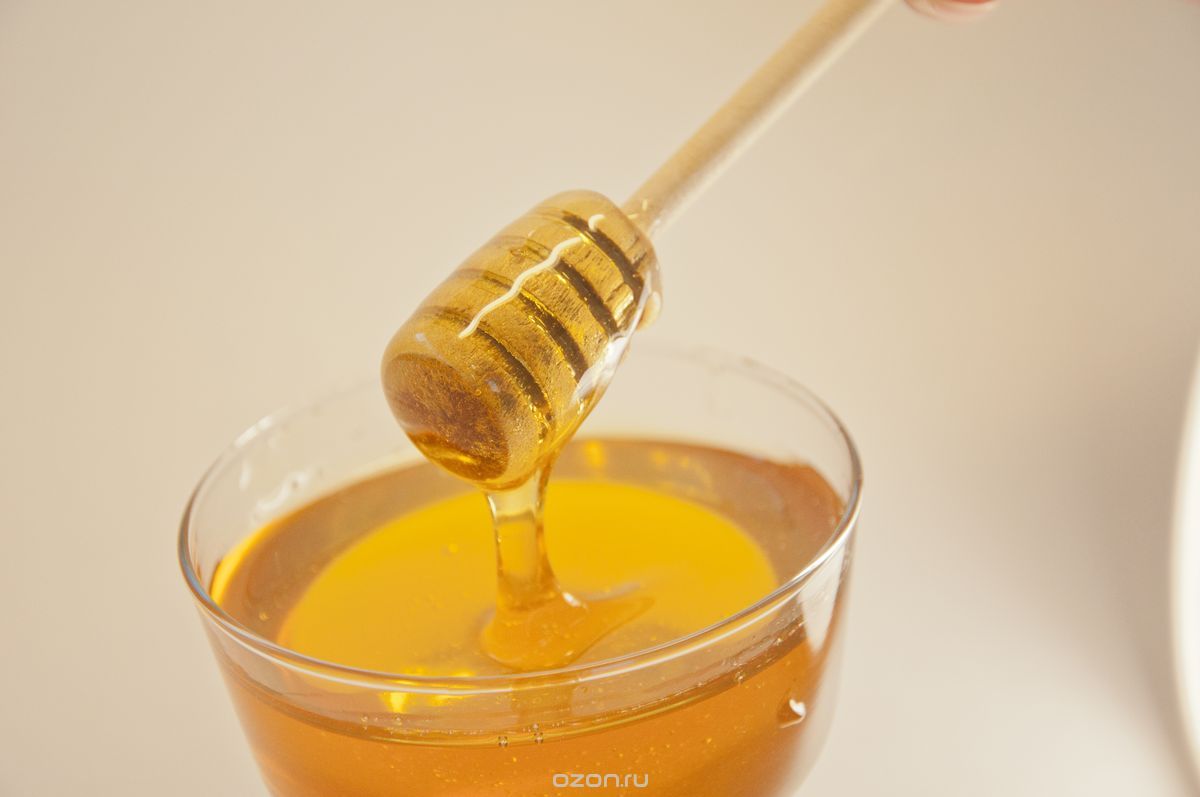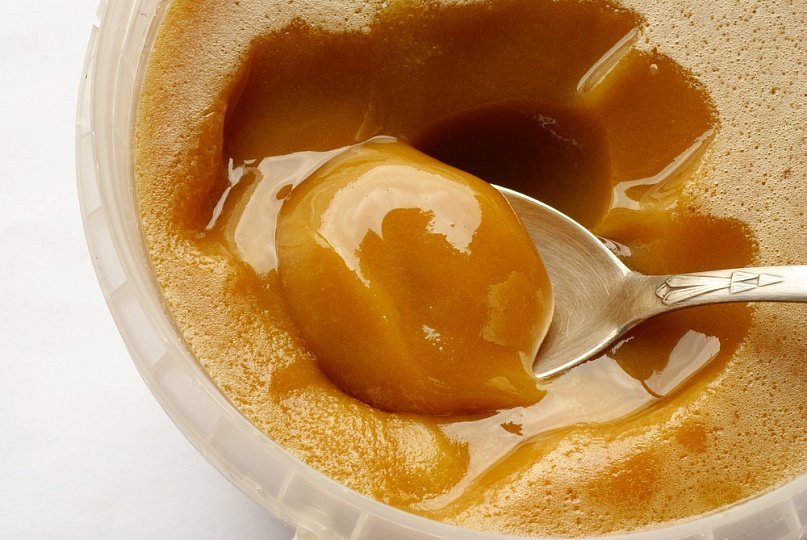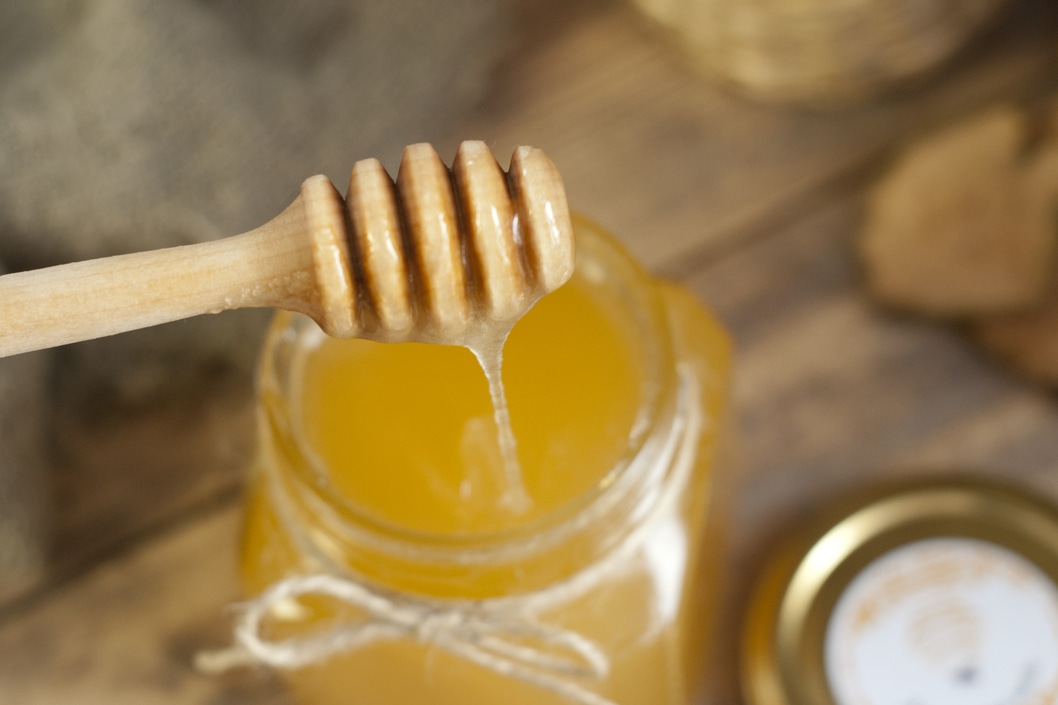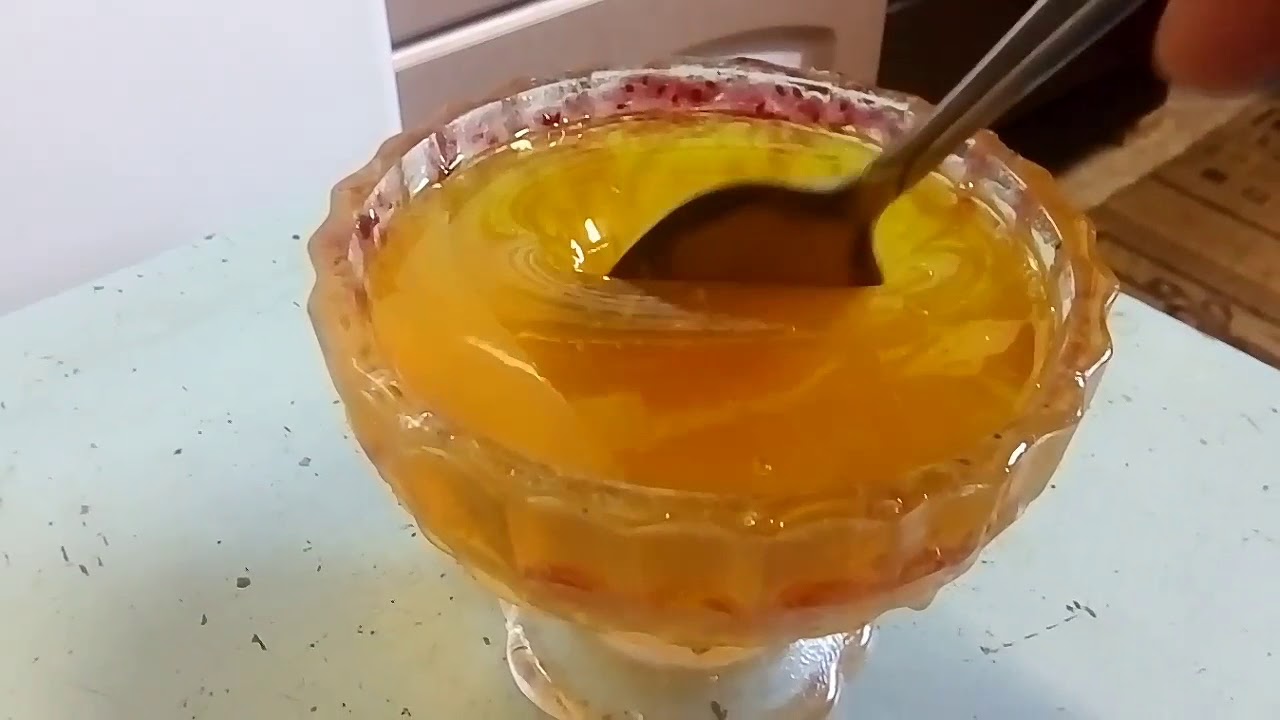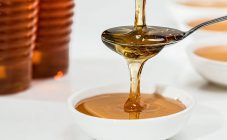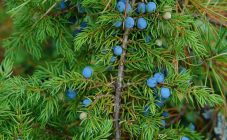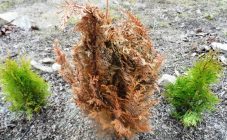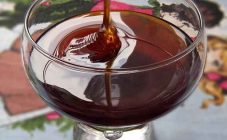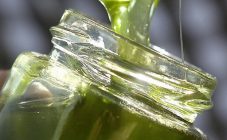Content:
Honey is a product that is known to each of us since childhood. It is used to treat many diseases, to maintain the general condition of the human body. All this is due to its composition: it contains up to 80% glucose, fructose, sucrose, vitamins B, E, K, C, as well as carotene and folic acid. Caloric content is 328 kcal, in composition it is close to human blood plasma.
When a beekeeping product is purchased, it is transparent and viscous, but after a while, for unknown reasons, it becomes thick and lighter in color. The question involuntarily arises: what happened, and have all the valuable and useful properties been preserved? The answers to these questions are important, because some people, far from beekeeping, think that if honey quickly thickens, what does it mean, has deteriorated and is not suitable for food. Often an expensive and useful product is thrown away, instead they buy fresh, liquid one.
This article will discuss the reasons why the product thickens and crystallizes, what determines the density of honey, how to store it correctly (what is the dependence of the quality of honey on storage conditions) so that it remains liquid for a long time.
Honey thickens and sugars: reasons
Honey is an amorphous substance, since its state is between a liquid and a thick substance. It contains 20% water, over time the moisture gradually evaporates, and the honey begins to sugar and freeze.
If the mass contains large grains of sugar, then the product contains a lot of sucrose. The presence of small crystals and delicate texture indicate a high content of fructose in the mass.
Any honey tends to thicken, regardless of the type and storage conditions. Consider how quickly this happens, and what factors are considered the most favorable for its crystallization.
The main reasons why honey thickens are:
- A high percentage of glucose and fructose, low water content - the glucose content in honey, regardless of its type, sooner or later, eventually leads to its thickening. The presence of water in the bee product gives it a viscous state. It is clear that the more it is, the more liquid it becomes. Therefore, this point should be borne in mind when buying honey.
- Non-compliance with storage conditions - honey begins to thicken when it is stored not in a cool place, but in the living quarters of a house or apartment. Under such conditions, the crystallization process will begin much earlier.
- The delicacy was purchased long ago and has been stored for a long time - even if all storage conditions are met, it will gradually thicken and crystallize.
Thickening rate of fresh honey
It is known that the pumped-out mass contains up to 20-22% of water, but over time the crystallization process begins. To reliably determine how quickly honey of a fresh harvest thickens, you need to know the harvest time and the plants from which the nectar was collected by the bees.
For example, honey masses collected by bees from fields sown with rapeseed, mustard, rape, buckwheat quickly become viscous. The crystallization process takes a little longer for the raw materials collected by bees from linden, acacia, cherry blossoms. These varieties are stored for quite a long time, they begin to harden only at a storage temperature of + 10 ° C to 15 ° C.
What honey does not thicken for a long time
Visually, the quality of honey can be determined by its consistency. The mass must be homogeneous, without any visible delamination, foreign inclusions. After rolling, the honey is transparent and liquid, but over time it becomes cloudy and thicker.
But there are varieties that do not lend themselves to the crystallization process for a long time. So, the most common among them are acacia (it contains 40% fructose, 35% glucose) and chestnut honey varieties.
Long-term storage rules
In order for the product to remain liquid and not crystallize during storage as long as possible, the following rules must be observed:
- Since the product has to be stored for a long time after pumping out of the honeycomb, it is poured into clean dishes with tight-fitting lids: glass, wooden, ceramic containers, pre-washed and sterilized.
- It must be stored at temperatures from +6 ° С to +20 ° С. Therefore, often the main reason why honey quickly thickened lies precisely in its storage at a temperature higher than expected.
- Do not store it with products that are sources of strong odors, as the treat can absorb them.
It is best to store the bee delicacy in a separate room from other products. Since the cans are quite heavy, you should use shelves with sturdy shelves made of thick board or plywood for storage.
Honey does not thicken: reasons
But sometimes honey remains runny for several reasons:
- high fructose content;
- artificial feeding of bees;
- heat treatment
Useful Tips
- It is possible to determine when and from which flowering plant the nectar was collected, first of all, by the color of the delicacy. Thus, linden honey has an amber color, buckwheat honey is dark brown, and flower honey has a light yellow tint.
- You can check whether liquid honey is natural in a simple way. It is enough to scoop it up with a spoon and lift it up. When the density of the viscous mass is large enough, it flows down for a long time in a continuous stream. This means that there is no doubt about the quality of the purchase.
If the honey has thickened, this does not mean that the bee delicacy has deteriorated, it just has a useful sugar content. Consuming thick honey is not only not dangerous, but simply necessary, as it is useful for maintaining the immunity of the human body.
